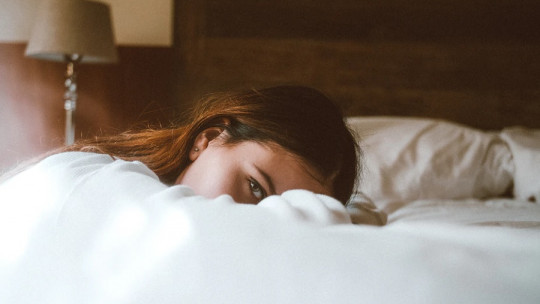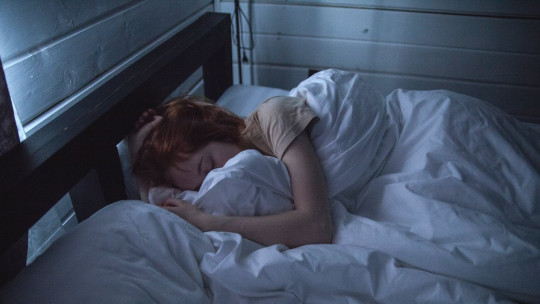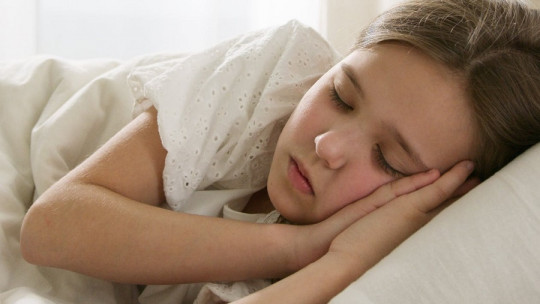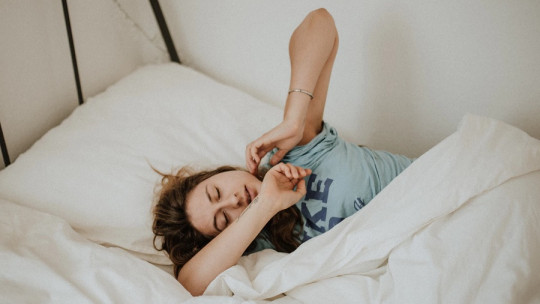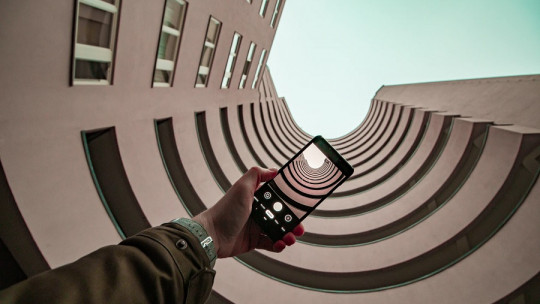We may have seen someone like our children, partner or friends sleep with their eyes open, or we ourselves may sleep this way.
This is something that surprises us because we understand that you can only sleep by closing your eyes. We use our eyes to see and we cannot “turn them off at will”, which is why we lower our eyelids and try to sleep.
Here we are going to answer the question of whether you can sleep with your eyes open if it affects the quality of sleep, what problems may be behind it and if there is treatment.
Is it possible to sleep with your eyes open?
Normally, in order to sleep, we close our eyes, lie in the darkness and wait for Morpheus’s pleasant hug.
However, not everyone has their eyes completely closed while sleeping. There are those who keep them a little open and others, curiously, have them wide open. This is considered a medical problem and has a name: nocturnal lagophthalmos
Nocturnal lagophthalmos is a fairly common medical condition. Apparently, about 20% of the population sleeps with their eyes open. This can cause problems for both sleep quality and eye health in addition to being a sign of an underlying medical illness.
Although the person can sleep, keeping the eyes partially or completely open can damage them, since they are not adequately hydrated and are exposed to environmental agents.
So, eyes become dry, may become infected, get scratched by foreign objects such as dust and nocturnal insects, corneal damage, sores and ulcers, leading to ocular pathologies and, in the worst cases, loss of vision.
Why do we close our eyes when sleeping?
In normal sleep, closed eyelids prevent light from being absorbed by the eyes and, in this way, the brain is prevented from being stimulated.
During the vigil Light is absorbed through cells located in the retina that contain the pigment melanopsin , a light-sensitive protein. Its stimulation causes information to be transmitted to the brain, specifically to the suprachiasmatic nucleus, a region that regulates circadian rhythms, the sleep-wake cycle and the schedules of body processes.
In addition to avoiding brain activation, closing your eyelids hydrates your eyes while we rest. When we are asleep, we cannot blink, which is why it is better to have the blinds drawn. By having the eyelids lowered on one side, proper hydration is obtained, preventing the eyes from drying out, and on the other hand, they are protected from external agents that swarm through the air.
Causes
There are several causes that may be behind nocturnal lagophthalmos. Below we will see the main ones.
Paralytic injury
In this case, the facial nerve responsible for transmitting nervous information to the muscle that closes the eyelids is paralyzed This may be due to facial paralysis, tumors, trauma or cerebrovascular pathology. It can also be caused by Möbius syndrome, which causes damage to the cranial nerves. The muscle loses strength, making it impossible to completely close the eyelid.
mechanical injury
In the case of mechanical injury, this may be due to external factors. Among them we can find scars on the eyelids or conjunctiva, eyelid laxity, and exophthalmos All of this can be due to negligent surgical intervention on the face, a blow to the eyelid or an illness that has damaged it.
Thyroid problems
One of the medical problems associated with the thyroid is bulging eyes, a common symptom of Graves’ disease. This disease is a form of hyperthyroidism, that is, having an overactive thyroid, which can interfere with your ability to close your eyelids while you are asleep.
Genetics
It has been seen that nocturnal lagophthalmos is more common in those people who have a relative who has it.
Treatment
Depending on how nocturnal lagophthalmos is occurring and to what extent the person cannot completely close their eyelids, there are different therapeutic options for this condition. All of them must be supervised by an eye doctor and, preferably, follow-up in a hospital or authorized place to be able to observe the person while they are asleep.
The main therapeutic option is the use of artificial tears during the day This treatment helps create a more robust moist film on the eyeball and, thus, keep your eyes more hydrated for longer. In this way, if the patient has them open at night, his eyes will be better prepared against environmental pathogens in addition to preventing them from drying out even if he does not close his eyelids.
Eye masks can protect eyes from damage and stimulation by acting as a physical barrier for pathogens, dust and light rays. There are glasses specifically designed to generate moisture in open eyes while sleeping.
Another option along the same lines as humidifying glasses is to use a room humidifier, making the room more humid and so that the eyes are not at too much risk of drying out. Likewise, this option is not entirely recommended and must be closely monitored by a professional, since, if the humidifier is contaminated, the eye damage will be serious.
Finally, a curious but effective therapeutic option is, simply, close eyes using surgical tape This measure must be closely supervised by a doctor, and it is preferable that it be carried out in a controlled place, to prevent the patient from placing it inappropriately or from skipping the tape and having no effect. In the most serious cases, surgical intervention will be necessary to solve nocturnal lagophthalmos.

